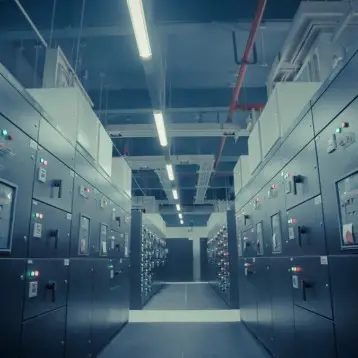|
Because ceramics often have higher permittivities than the polymers, in a further modification of the ferroelectric polymer, the researchers added nanoparticulate ceramics to further improve the energy density. The process of mixing nanoparticles of ceramic with polymers is not simple, as the ceramic particles tend to clump and aggregate. If the two materials do not have matching electrical properties, their interface will break down at high electric fields and the ability of the composite to store energy will decrease rather than increase.
Wang and his team fine added functionalized groups to the materials to match the dielectric particles to the polymer matrix. Wang said, “Matching the permittivity and uniformly dispersing the ceramic nanoparticles is not easy. Both problems have to be tackled and solved at the same time for the material to have the desired characteristics.”
TFOT recently covered a virus powered batteries created by researchers from MIT as well as conducting plastics developed by researchers from the Delft University of Technology in the Netherlands which could lead to a whole new way of making electronics.
More about Wang’s polymer can be found on the University of Penn State website.











